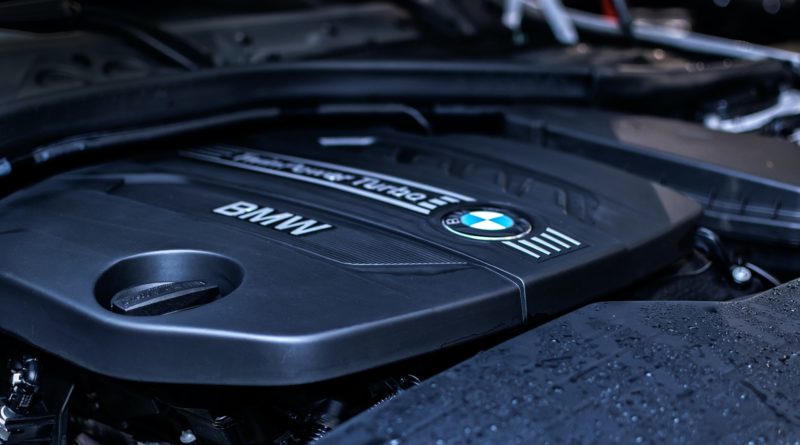What is Turbo & How Does it Work
When we look at engines and car performance in general, one of the biggest things we need to look at and understand is turbo, what it is, and how it works too. It’s a lot easier than it sounds, though. It’s one of the most fundamental engine components of getting the most out of your vehicle’s performance and efficiency, but as with any car component, it still has its complex design.
To really grasp what a turbo system is and how it all works, we need to split it up. We need to explore every aspect of how it affects your engine and on top of all of that, why it works too. Let’s see what we know.
What is Turbo (turbocharger)
Let’s start from the top; what actually is turbo, and what do we mean when we say it? A turbo system is a part of your engine designed to use your emissions in the best way possible. Generally, combustion engines work by mixing air and fuel together, burning it, and using that to create small explosions in your pistons (like with a carburettor or injection). That creates a force that drives your forwards, and at different speeds and power. As a result of all this, the remnants of the explosion and waste left behind are expelled from your engine via your exhaust.
By adding one component that can use the waste of your engine to help it run more efficiently in the first place, you’re massively impacting what your engine is capable of in the first place. Turbo is a system that does exactly that. The waste from your combustion engine is used to help it add more air and create more power, without needing more pistons as we see in larger engines.
How does a turbo work
The system behind the turbo process is the next thing that we need to take a look at. The idea behind it is that by connecting a turbine in your exhaust to a turbine in your air intake, you can get much more from your power.
The heat and speed of your exhaust fumes mean the turbine in your exhaust system spins, and that when connected to the turbine in your intake makes that spin too. The result is more air pulled into your engine and forced into the pistons, making larger combustion and more power let out. Ultimately, that means more speed!
The Benefits of Turbo
Finally, we need to look at all of the benefits that turbocharged engines have to offer driving. Understanding how all of this works and what it does is great, but what we also need to know is why it’s such a miraculous thing to have in your car too. There’s a lot more to it than to sounds, even past the obvious.
More Power
The most obvious benefit of turbo and how it works has to be the power output that comes out as a result. A car with a turbo is instantly more powerful than a car without it, even with the same-sized engine. That means that smaller cars can actually compete with bigger cars without the need to be any bigger. As far as performance goes and even value for money, that can be a real game-changer for people who prefer smaller cars.
More Efficiency
Power isn’t the only thing that turbo improves. It also means that your car becomes a lot more efficient as well. The use of a turbo doesn’t magically produce more power after all, but what it does is mean that there’s more air to create a cleaner burn. You burn more of the fuel that was already there without needing to waste any like we usually do. This cleaner burn means there’s much more bang for your buck without the negative repercussions either.
More Environmentally Friendly
Speaking of repercussions, the last benefit of how a turbo works is that it does so much better for the environment. If you think about it, to get the power you get from a turbocharged car from a none turbo car, you’d need a bigger engine, which consumes much more fuel. A turbocharger not only means that you’re removing the need more fuel usage, but you’re burning the fuel you did have too. The result? Next to no negative carbon emissions (and a lower car tax too, if any).
Summary
Ultimately, turbo is essential for helping an engine reach its full potential and it can make even a little car able to compete with things much bigger. It’s great to have as a fuel saver, insurance minimised and even as a performance booster, so give it some thought the next time you’re buying.
Happy driving!
Buying a used VW. Buying used vauxhall, BMW, Jaguar, Ford, Volvo, Range rover, Bentley, Aston Martin, Porsche, Ferrari, Lamborghini, Maserati, Hyundai, Tesla

